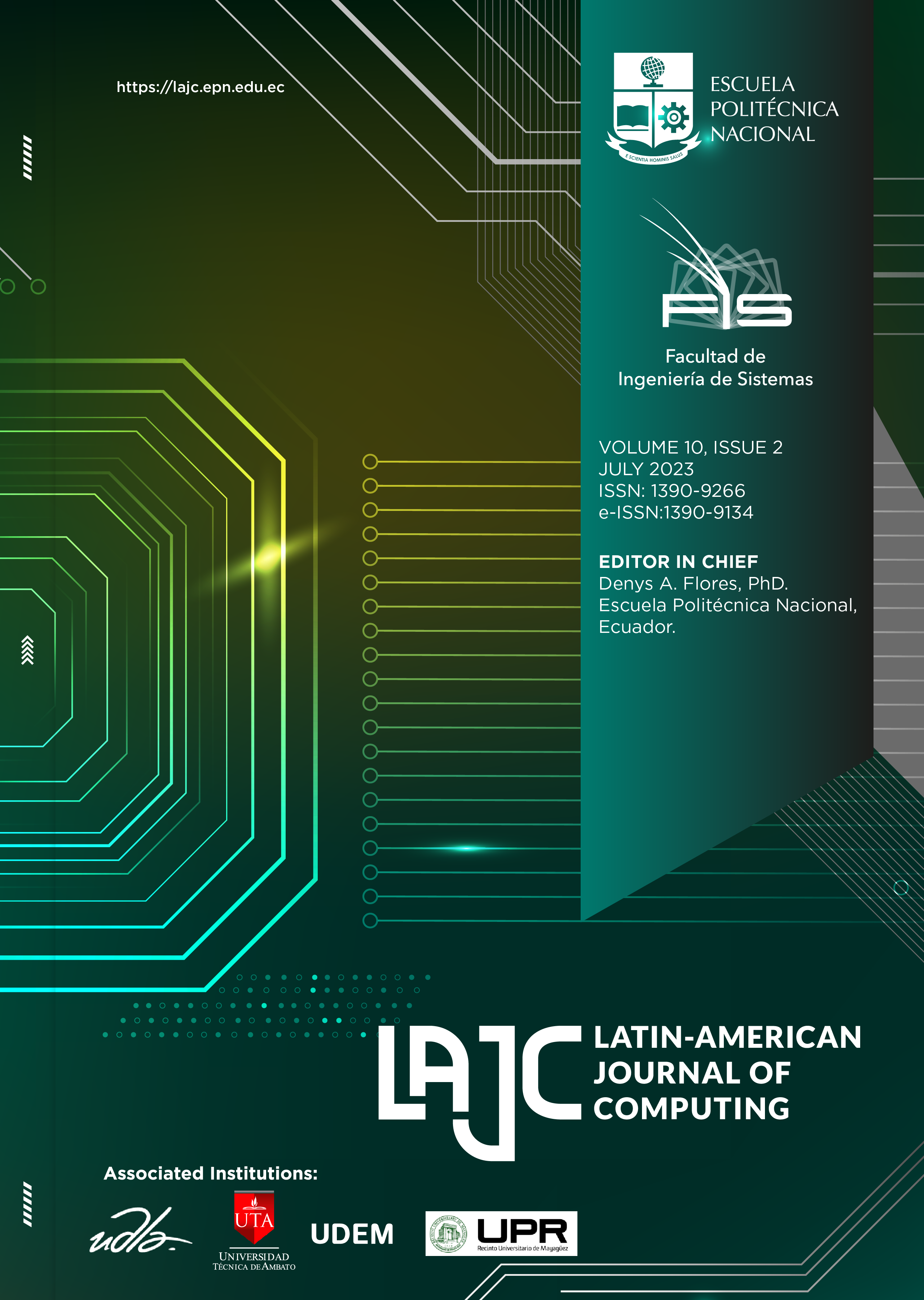Implementation of the SWASH model into HIDRALERTA system
Palabras clave:
Early Warning System, Wave Overtopping, Risk Reduction, SWASH modelResumen
Early warning systems are an important tool for local authorities to detect emergency situations in advance and initiate the necessary safety measure. The To-SEAlert project has the aim of increasing the efficiency, robustness and reliability of the HIDRALERTA early warning system. This study shows a first intent to implement the SWASH model to simulate wave overtopping for the Ericeira prototype. SWASH was implemented for one breakwater profile used to simulate the overtopping discharge and evaluate the associated risk levels. It was compared to the current approach used in HIDRALERTA, which resorts to a neural network trained with a physical modelling database, NN_OVERTOPPING2. Finally, both approaches were compared with previously analyzed video images of the breakwater. The results showed that SWASH generally overestimates overtopping and is not in good agreement with the video images. NN_OVERTOPPING2 has a better agreement with the video images. A possible reason for the overestimation might be the wave direction, which cannot be included in one-dimensional simulations in SWASH.
Descargas
Descargas
Publicado
Número
Sección
Licencia
Aviso de derechos de autor/a
Los autores/as que publiquen en esta revista aceptan las siguientes condiciones:
- Los autores conservan los derechos de autor y ceden a la revista el derecho de la primera publicación, con el trabajo registrado con la Creative Commons Attribution-Non-Commercial-Share-Alike 4.0 International, que permite a terceros utilizar lo publicado siempre que mencionen la autoría del trabajo y a la primera publicación en esta revista.
- Los autores pueden realizar otros acuerdos contractuales independientes y adicionales para la distribución no exclusiva de la versión del artículo publicado en esta revista (p. ej., incluirlo en un repositorio institucional o publicarlo en un libro) siempre que indiquen claramente que el trabajo se publicó por primera vez en esta revista.
- Se permite y recomienda a los autores a compartir su trabajo en línea (por ejemplo: en repositorios institucionales o páginas web personales) antes y durante el proceso de envío del manuscrito, ya que puede conducir a intercambios productivos, a una mayor y más rápida citación del trabajo publicado.
Descargo de Responsabilidad
LAJC en ningún caso será responsable de cualquier reclamo directo, indirecto, incidental, punitivo o consecuente de infracción de derechos de autor relacionado con artículos que han sido presentados para evaluación o publicados en cualquier número de esta revista. Más Información en nuestro Aviso de Descargo de Responsabilidad.










